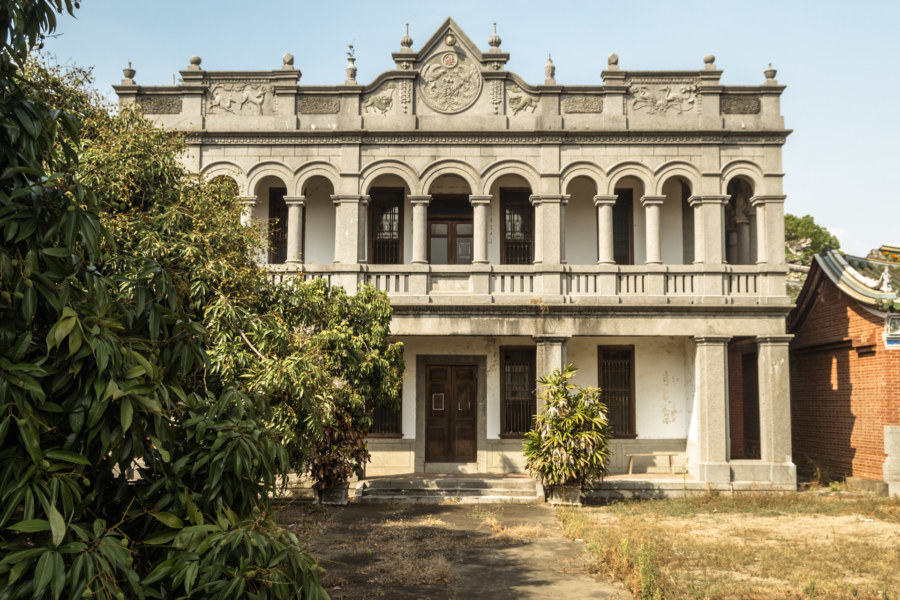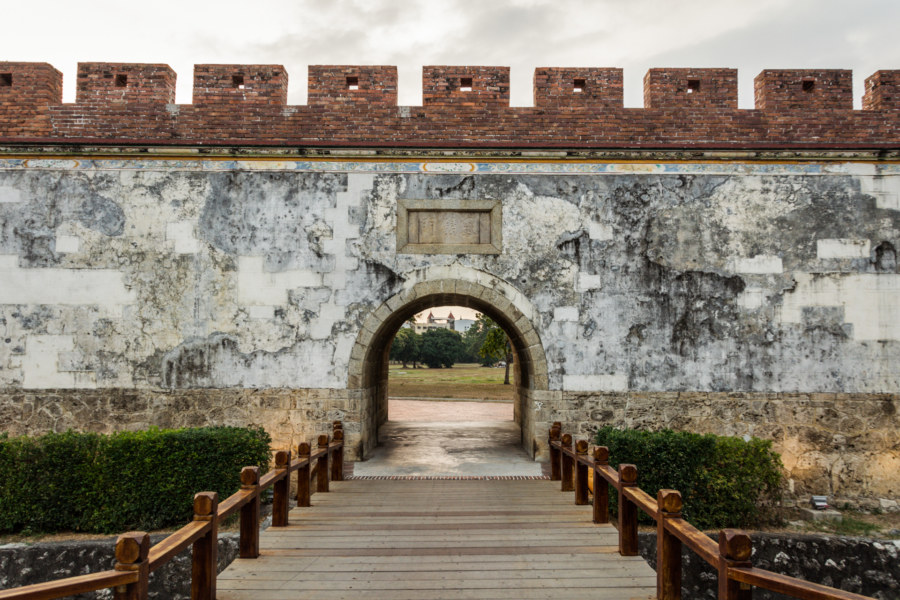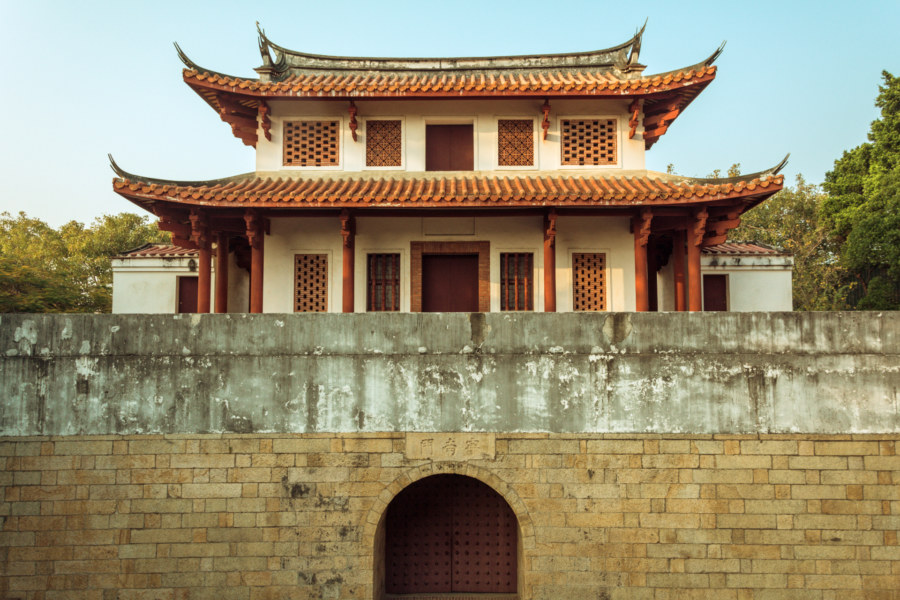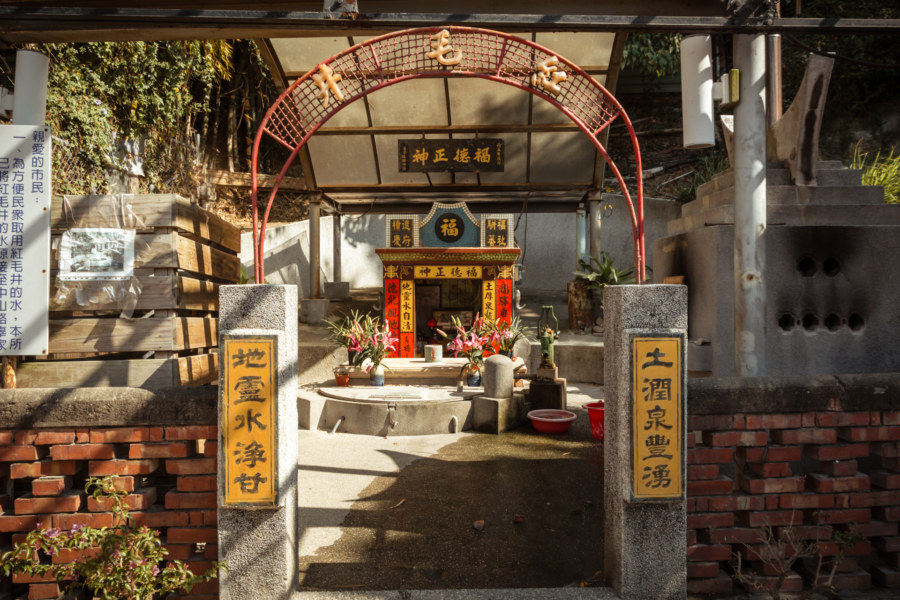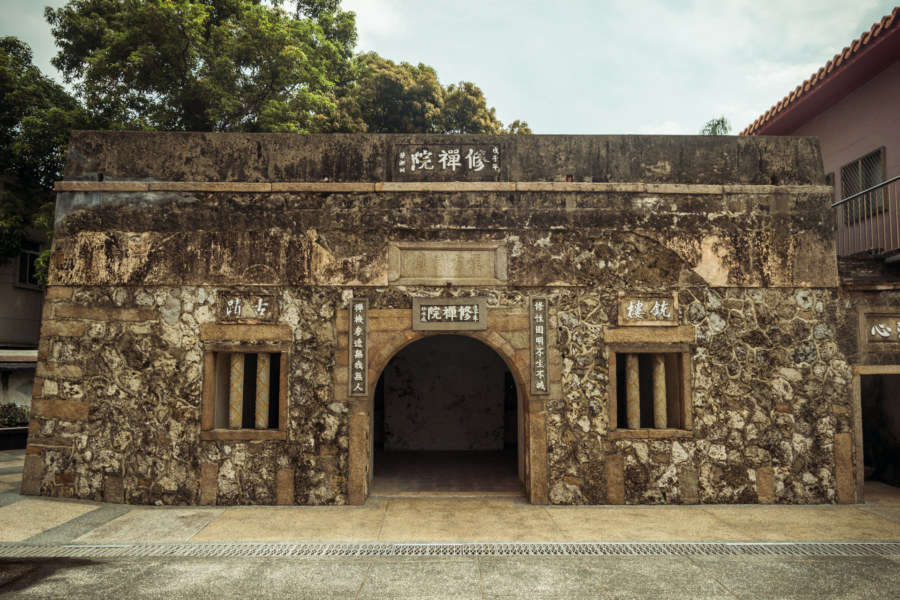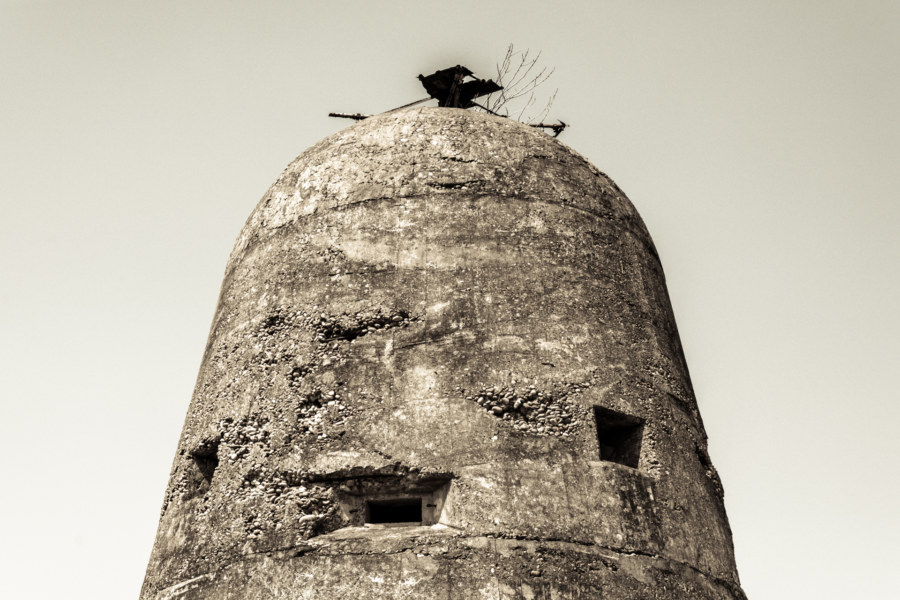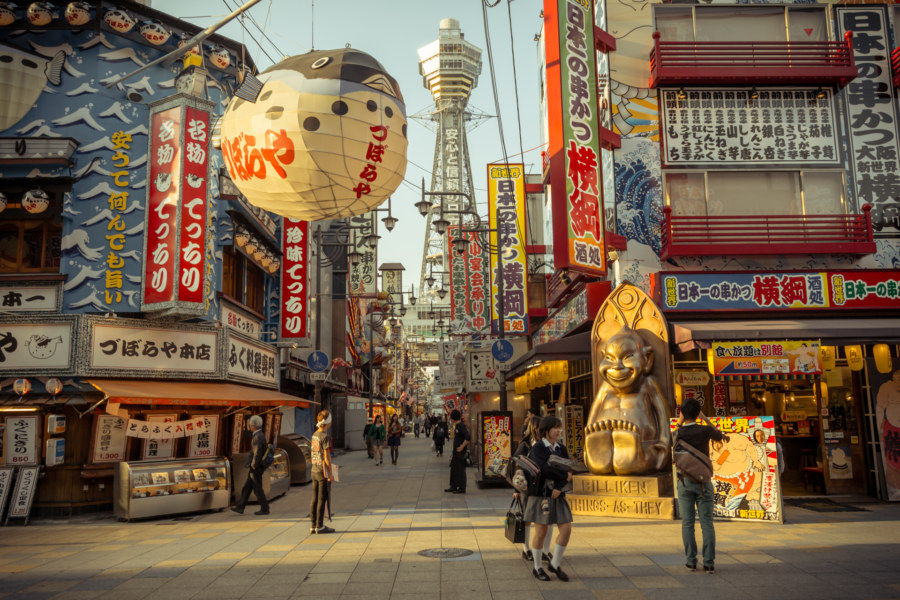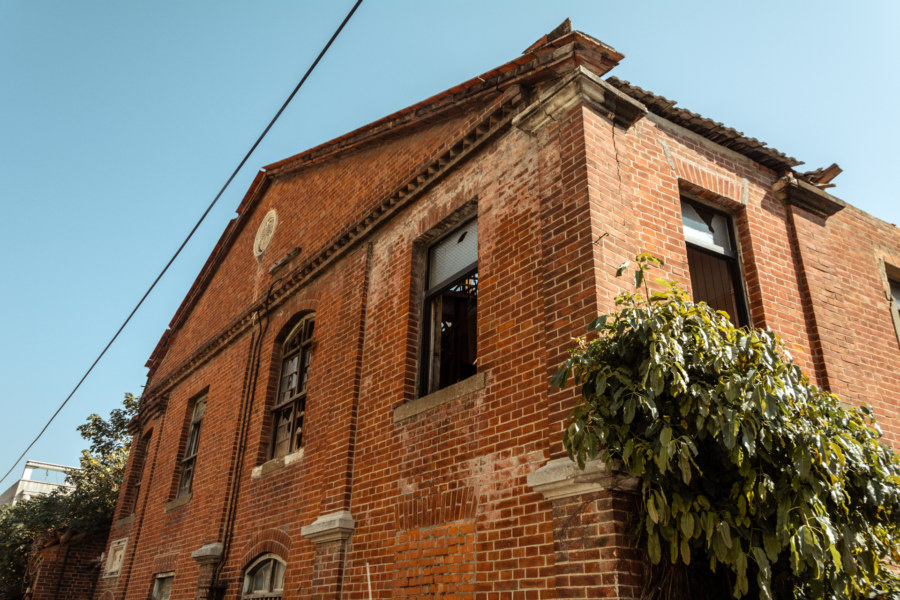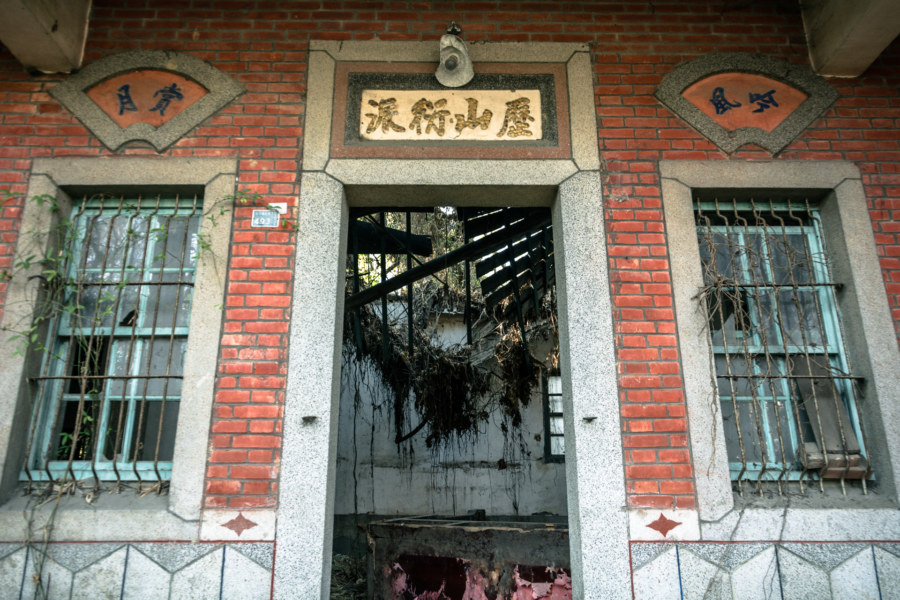Yùměi Hall 玉美堂, also known as known as Hóng Family Mansion 洪氏洋樓, is located in Jiālǎo Village 茄荖村, a small settlement on the eastern edge of Fenyuan in Changhua, Taiwan. Built in the late 1920s when the village was administered as part of Caotun in Nantou, it is one of only a handful of “Western-style” country manors built in central Taiwan during the Japanese colonial period (see my post about Jùkuíjū 聚奎居 for another great example).
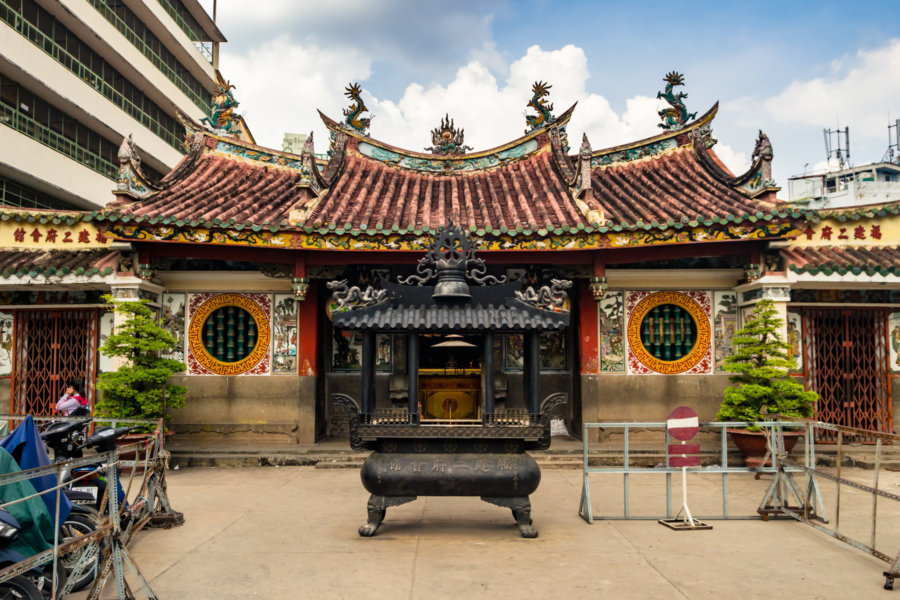
Posts with a historical angle, situating content in time and space. Here we go deeper into the past…
The Old Walled City of Zuoying 鳳山縣舊城
A month ago I embarked upon a day trip to Zuoying to check out the famous temples and pagodas of Lotus Pond 蓮池潭, one of the main tourist attractions of greater Kaohsiung. Afterwards I wandered over to have a look at the old city of Zuoying 左營舊城, originally built in 1722 by the ruling Qing Dynasty in response to the many uprisings that regularly plagued Taiwan Prefecture 臺灣府.
The Great Southern Gate of Tainan 臺灣府城大南門
Nanmen, Tainan’s great southern gate.
Dànánmén 大南門, also known as Níngnánmén 寧南門, is one of two great gates remaining in Tainan, the most historic city in Taiwan. Built in 1725, it has been renovated several times but maintains its classical charm. Nowadays it can be found in a gorgeous park just south of the Confucius Temple on Nánmén Road 大南路. The gate itself is surrounded by a secondary fortification, a barbican or wèngchéng 瓮城, which provides additional defensive capabilities. As usual, Tainan City Guide has an excellent write-up about this historic landmark.…
Changhua City Red Hair Well 彰化市紅毛井
The Red Hair Well 紅毛井 (pinyin: Hóngmáojǐng) in Changhua City is another curious footnote. Located behind the Changhua Arts Museum at the foot of Baguashan, this well supposedly dates back to the mid-1600s, in the midst of the Dutch colonial era. The Dutch sunk this well to provide for soldiers and missionaries passing through the area but never actually controlled this land. The name derives from âng-mo, which is literally “red hair” in Hokkien or Taiwanese, an obvious visual contrast to the black hair of Chinese people.
Xunfang Fortress 巽方砲台
Xunfang Fortress 巽方砲台 is another obscure historic site in Tainan that I found while digging into the archives of the excellent Tainan City Guide. This Qing dynasty era ruin can be found on the grounds of a monastery in East Tainan not far from the location of Dadong Night Market 大東夜市.
Anping Tree House 安平樹屋
Anping Tree House (安平樹屋) is one of the main attractions in Anping, the old colonial quarter of Tainan, and yet another example of disaster tourism in Taiwan. I only got around to going over the lunar new year break despite having lived in Tainan for several months last year. I suppose the fact that it is an actual tourist attraction kept me from checking it out before, but I’m glad I went. Since a few of the photos turned out well enough to share I figure I may as well add it to my growing catalog of abandoned places around Taiwan.
Changhua Aerodrome Fortifications 彰化飛行場古砲台
One of my idle pursuits this mild winter has involved documenting all the obscure and unusual stuff I find in my travels around Changhua. When I go riding I prefer to take winding roads that twist and turn through old villages rather than the newer thoroughfares that directly connect communities in the countryside. Sometimes this pays off—for instance, while exploring some of the side roads on my way to Lukang I found this strange looking building amid the rice fields and rural industrial sprawl.
Nishinari and The Way Things Ought To Be
Nishinari is widely reputed to be the most run-down, crime-ridden, and dangerous part of Osaka—and about as close to a slum as you are likely to find anywhere in Japan. This may explain the preponderance of cheap backpacker accommodation in Shinimamiya, the area just south of Shinsekai 新世界 (literally “New World”), where I stayed for a single night last May before returning to Taiwan. Although I only had a few hours to work with I couldn’t resist wandering around Nishinari to see just how bad it was. I figured it couldn’t be any worse than the Downtown Eastside, the festering carbuncle of Vancouver, which I had wandered through on many occasions.
Yangliufeng Mansion 楊柳風燒酒全故宅
During the Japanese colonial era the liquor trade in Taiwan—along with tobacco, camphor, and several other goods—was tightly controlled by a government agency, the Monopoly Bureau. Alcohol was sold exclusively through a network of authorized distributors, many of whom were local Taiwanese who evidently became quite wealthy, as this crumbling yet majestic ruin in the back alleys of Changhua City would suggest. Located along a small laneway just off Mínshēng Road 民生路, this two-story brick mansion was formerly the residence of the local liquor monopoly distributor.
Hemei Yao Family Old Home 和美姚家老屋
I went out riding through Hemei not so long ago, drawn by the allure of a mysterious building that I will write about sometime soon. On the return trip I noticed this old home peeking out of the woods at the side of Zhāngxīn Road 彰新路, better known as highway 139. I don’t stop every time I see the signs of abandonment—for I would never get anywhere at all in rural Taiwan if I did so—but this place seemed worth a look. After pushing through the overgrowth I was impressed by the beauty of the stonework and inscriptions on the outside of the building.
